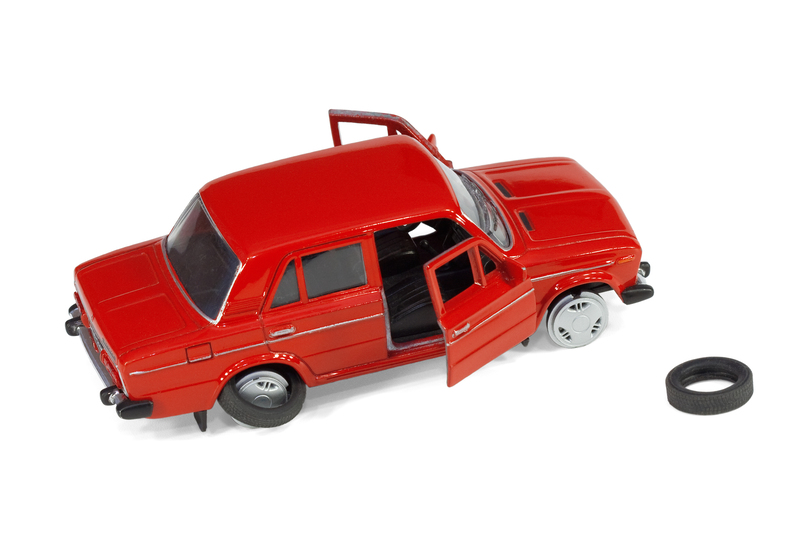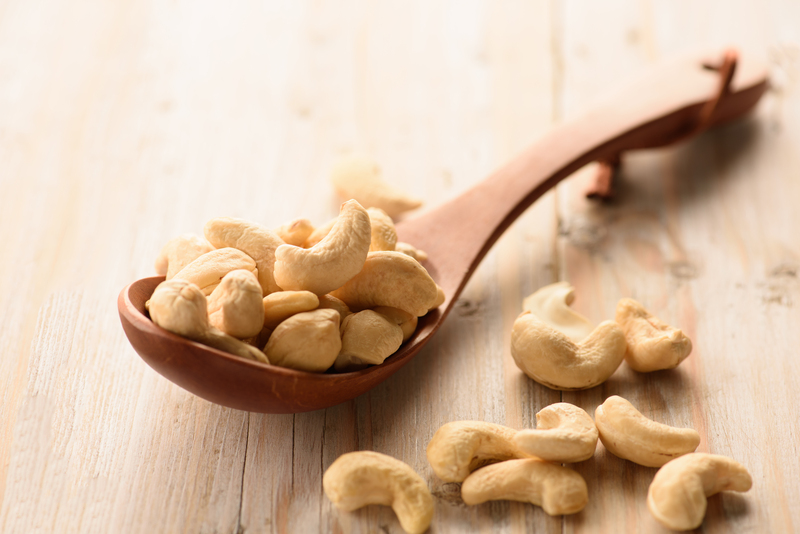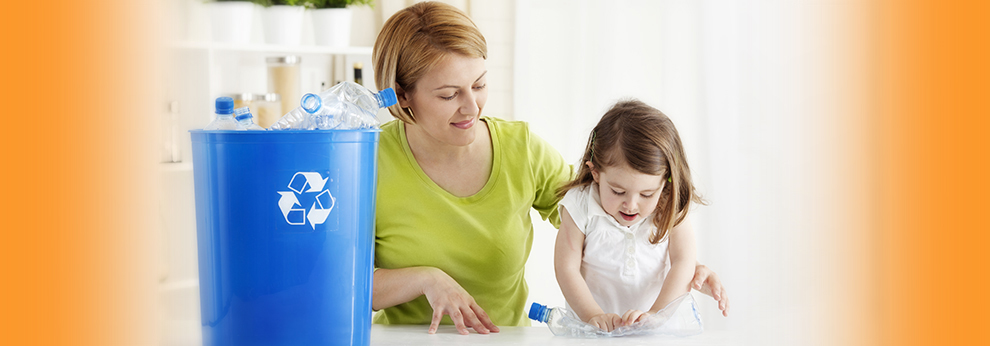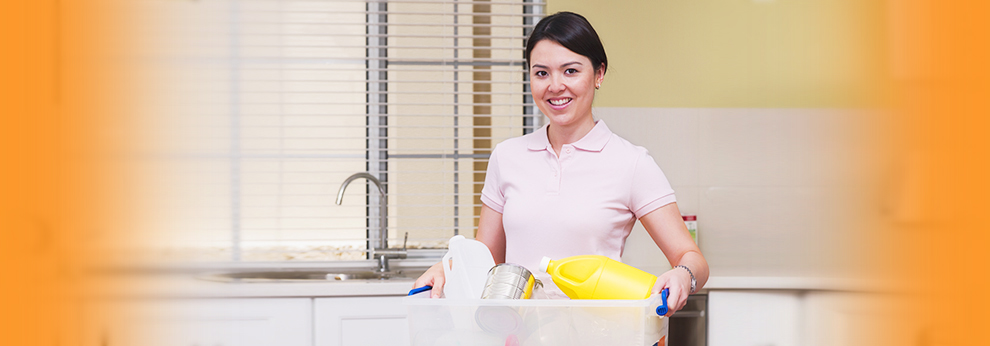Simplifying the Disposal of Unwanted Plant Pots
Posted on 05/10/2025
Simplifying the Disposal of Unwanted Plant Pots: A Complete Guide
Unwanted plant pots can quickly accumulate, whether you are an avid gardener, a casual plant lover, or someone who's just tidying up their backyard. If you've ever wondered what to do with those stacks of plastic, clay, or ceramic planters taking up valuable space, you're not alone. Simplifying the disposal of unwanted plant pots is a key concern for environmentally conscious individuals and everyone who wants to declutter sustainably.
In this comprehensive article, we'll explore eco-friendly and practical solutions for getting rid of unwanted plant pots, focusing on recycling, repurposing, donation, and responsible disposal. By the end, you'll have a clear, actionable plan for managing your old pots without harming the environment or compromising on convenience.

Why Responsible Disposal of Plant Pots Matters
Most plant pots, especially the plastic variety, are not truly biodegradable. They can linger in landfills for centuries, leaching chemicals into the earth and contributing to the planet's mounting waste issue. Ceramic and terracotta pots, while natural, still require vast resources to produce and don't decompose efficiently in landfill conditions. Disposing of old plant pots responsibly is crucial for reducing environmental impact and promoting a sustainable gardening lifestyle.
- Plastic pots are typically made from polypropylene (PP) or high-density polyethylene (HDPE) -- both recyclable but often not accepted by curbside recycling programs.
- Terracotta and ceramic pots use energy-intensive firing processes and, if broken, don't break down quickly in landfills.
- Metal plant pots (although less common), which may rust or degrade, can usually be recycled but should be disposed of properly.
Environmental Impact of improper Plant Pot Disposal
Leaving unwanted garden pots in the landfill is more than just a matter of wasted space. Chemicals from plastics, glazes in ceramics, or even chipped paint in metal pots can contaminate soil and groundwater. Moreover, producing new pots requires resources like petroleum, clay, and energy, making reuse and recycling all the more important.
How to Simplify the Disposal of Unwanted Plant Pots
Disposing of used flower pots doesn't have to be complicated. By following a few straightforward strategies, you can keep your garden and home tidy while protecting the planet. Here's a breakdown of the best options:
1. Recycle Where Possible
Check Local Recycling Programs:
- Many recycling centers do not accept plastic plant pots in regular blue bins due to their composition and contamination from soil or plant residue. However, some regions have special collection points for harder-to-recycle plastics.
- Look for local garden centers or nurseries offering recycling bins specifically for old pots and trays. National garden chains such as Lowe's and Home Depot in the US, or B&Q in the UK, often run recycling schemes during planting season.
- Before dropping off pots, rinse them thoroughly to remove all soil and plant matter, as this improves the chances of recycling.
- Call ahead or check websites to confirm which types of plastics are accepted.
- Remove any labels, metal wires, or attached fasteners.
2. Donate for Reuse
If your plant pots are still in good shape, donating them extends their life and reduces waste:
- Many community gardens, schools, local gardening clubs, or plant nurseries welcome gently used pots to start new seedlings or distribute plants.
- Shelters, environmental nonprofits, and even some local parks departments might accept donations for landscaping or educational programs.
- List unwanted plant pots on freecycle platforms, community message boards, or social media groups, where someone nearby may have a use for them.
3. Repurpose and Upcycle: Get Creative!
Not only can repurposing old pots be fun, but it's also a great way to inject creativity into your home or garden. Here are a few upcycling ideas:
- Organizers: Use small pots for storing kitchen utensils, paintbrushes, or even as quirky office desk organizers.
- Outdoor Decor: Stack and paint terracotta pots to create garden sculptures, fairy houses, or garden "totems".
- Planters for Gifts: Fill cleaned pots with homemade flower arrangements or herbs and give them as gifts.
- Bird Feeders: Convert larger pots into rustic bird feeders or mini ponds for wildlife.
- Craft Projects: Let kids decorate pots with paint, yarn, or decoupage, creating personalized decorations for home or school.
Repurposing reduces landfill waste and adds character to your living space. The only limit is your imagination!
4. Dispose of Broken and Non-Recyclable Pots Responsibly
- Broken plastics: If plastic pots cannot be recycled, check with your local waste authority for instructions on proper landfill or hard waste disposal.
- Shattered ceramics or terracotta: Use shards as drainage in the bottom of garden beds or large planters, or dispose of them in construction/demolition waste if accepted in your area.
- Do not burn plastic pots! Burning plastics releases toxic fumes.
5. Buy Smart for the Future
Prevention is the best way to simplify the disposal of unwanted plant pots in the future. Here's how:
- Choose biodegradable pots made from coconut coir, peat, wood pulp, or compressed paper. These can be planted directly in the ground, breaking down naturally.
- Opt for sturdy, reusable pots over single-use options. Metal, ceramic, or higher-quality plastics can last for years.
- Support nurseries that use minimal or eco-friendly packaging. Every purchase decision influences waste outcomes.
By considering end-of-life options at the time of purchase, you simplify disposal down the road.
Breaking Down Plant Pot Disposal by Material
Plastic Pots
- Recyclable Types: Look for numbers 2 (HDPE) and 5 (PP) stamped on the underside.
- Contamination: Pots contaminated with soil or plant residue may be rejected by recycling centers. Always clean before recycling.
- Alternative Uses: Cut into strips for garden markers, seedling dividers, or use as storage bins in sheds.
Ceramic and Terracotta Pots
- Cracked or Broken: Use as drainage material in new pots or garden beds.
- Not Recyclable in regular curbside programs but sometimes accepted at specialized waste centers or construction waste sites.
- Decorative Potential: Shards can be used in mosaics, pathways, or other art and landscaping projects.
Metal and Other Materials
- Metal pots may be accepted at scrap metal recycling or household waste centers, depending on size and material type.
- Wooden pots and planters can be composted if untreated or repurposed in the garden.
- Glass or glazed ceramic may require specialist recycling -- check with your waste authority.
FAQ: Simplifying the Disposal of Unwanted Plant Pots
Can I put plant pots in my regular recycling bin?
No, most curbside recycling programs do not accept plastic or ceramic plant pots due to contamination and material types. Use specialized programs where available or look for nursery drop-off points.
Are biodegradable pots really better?
Absolutely. Biodegradable plant pots break down naturally in soil, eliminating waste and improving soil health. Choose coir, peat, or paper options whenever possible for seed starting and temporary plantings.
Can I use broken pots in the garden?
Yes! Ceramic and terracotta shards make excellent drainage material in garden beds and new planters, helping to prevent root rot. Just avoid sharp edges where pets or children may be present.
Do any stores take back old plant pots?
Many garden centers and nurseries now operate pot return and recycling programs, especially during planting season. Check with major stores in your region, such as Home Depot, Lowe's, or B&Q.
Step-by-Step: How to Dispose of Unwanted Plant Pots the Simplest Way
- Sort by Material: Separate plastics, ceramics, and metals for easier processing.
- Inspect Condition: Set aside any undamaged pots for donation or reuse.
- Clean Thoroughly: Remove all soil, roots, labels, and stickers.
- Search for Drop-Offs: Look for local garden centers or municipal waste programs accepting used pots.
- Offer for Free: List usable pots on community platforms so others can take advantage.
- Repurpose Broken Pieces: Use for garden drainage, art projects, or pathway material.
- Dispose Responsibly: Follow local guidelines for non-recyclable materials or landfill as a last resort.

Conclusion: The Smart and Easy Way to Get Rid of Old Plant Pots
Simplifying the disposal of unwanted plant pots is less about throwing things away and more about making conscious choices. Whether you choose to recycle, donate, repurpose, or reuse old pots, your actions play an important role in reducing landfill waste and supporting community gardening. Next time you find a stack of unused planters, remember: they have the potential for a second life, both in your home and beyond. With these simple, eco-friendly strategies, you can keep your gardening habits both tidy and sustainable every season.
Helpful Resources for Plant Pot Disposal
- Recycle Now (UK) - Find local recycling points for garden plastics.
- Earth911 (US) - Recycling database for plant pots and more.
- Freecycle - Give away items in your local community.
- The Royal Horticultural Society - Tips for sustainable gardening and reducing plastic waste.
Do your part today and inspire others by sharing these ideas about simplifying the disposal of unwanted plant pots!



